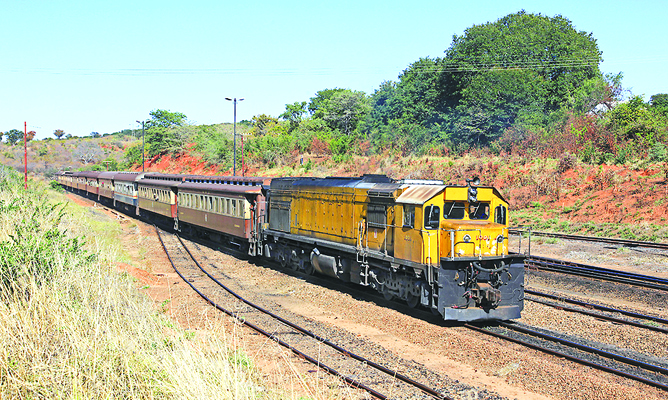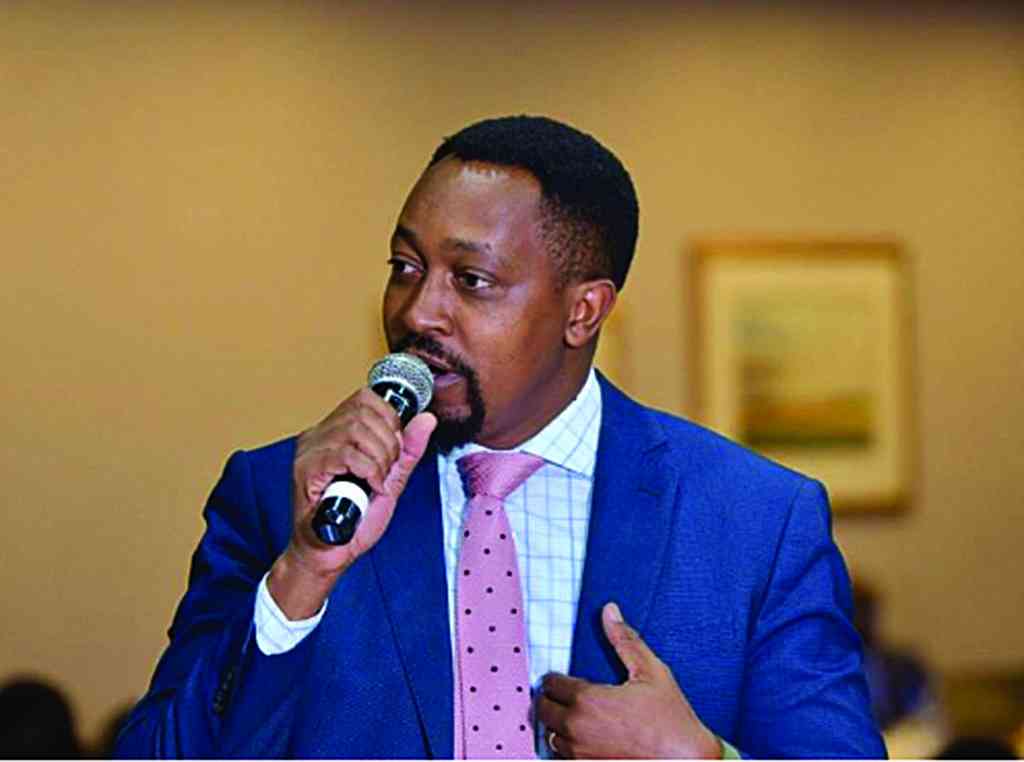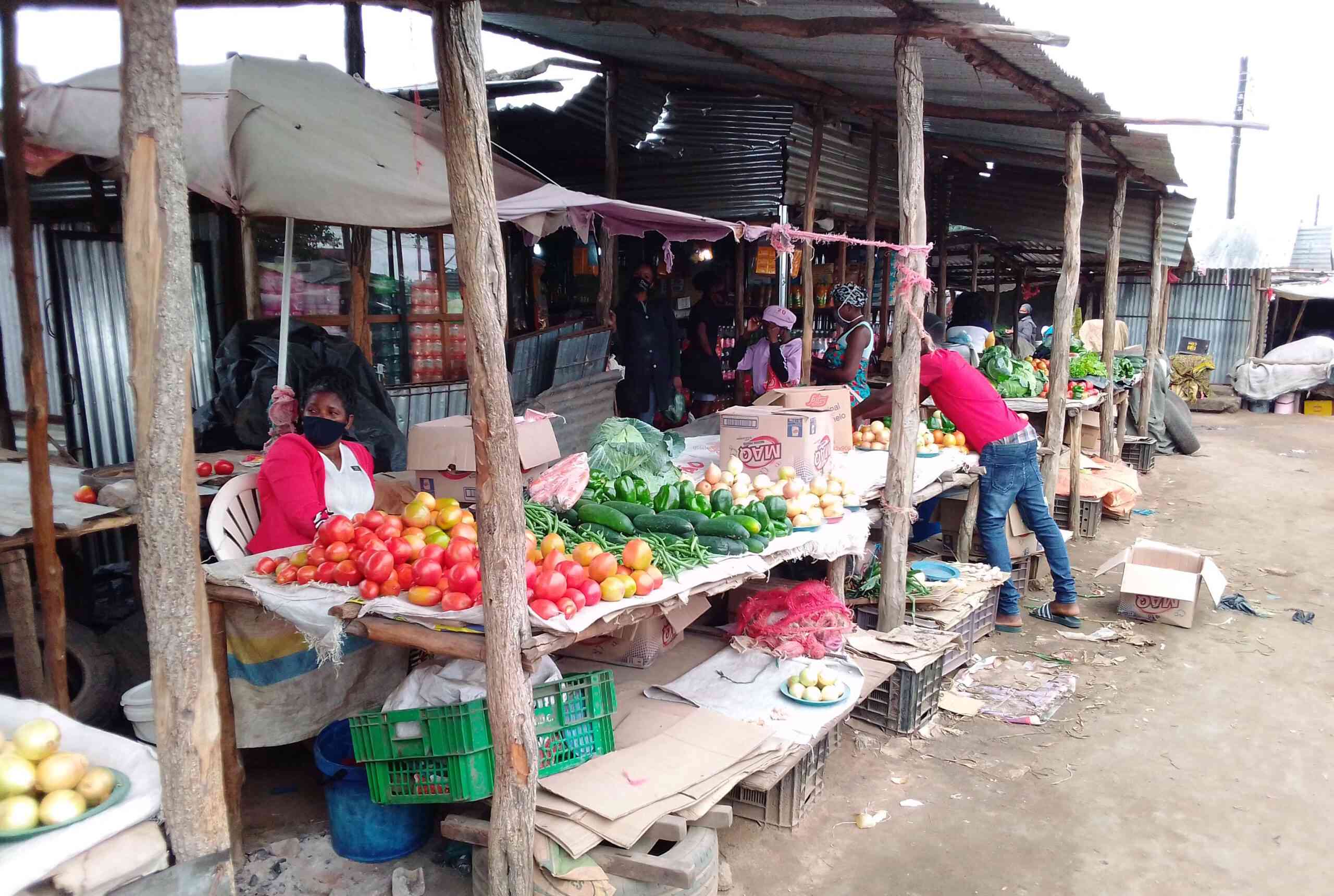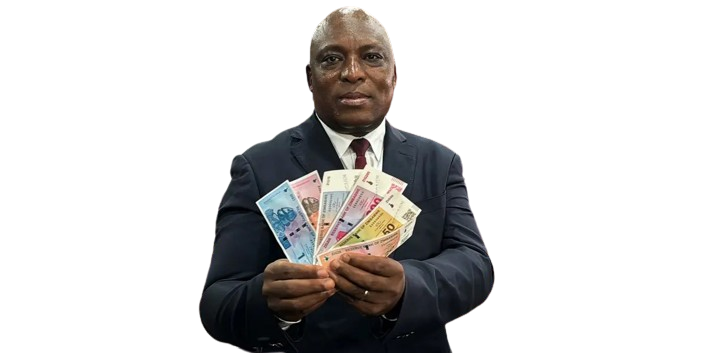
GOVERNMENT recently approved the National Railways of Zimbabwe (NRZ)’s $400 million deal with a consortium led by the Diaspora Infrastructure Development Group (DIDG) and South Africa’s Transnet, opening room for further negotiations.
By MTHANDAZO NYONI
NewsDay (ND) business reporter, Mthandazo Nyoni interviewed NRZ general manager, Lewis Mukwada (LM) about the deal and other issues concerning the parastatal. Below are excerpts of the interview.
ND: Recently, government approved the $400 million recapitalisation deal between NRZ and DIDG/Transnet. What’s next? Where are we now in terms of the negotiations?
LM: In terms of recapitalisation, yes we did get approval on October 16 for us to engage the consortium in negotiations, after which we will get back to Cabinet and say this is the deal that has come out and then we give them for approvals. At the moment we are doing the negotiations with them, first to come up with a framework agreement and then some more detailed agreements. We have constituted some teams that are carrying out the negotiations. So this is where we are at the moment.
ND: When are we likely to see the deal being implemented?
LM: In terms of time frames we are saying between three to six months, that’s the time frame we are looking at for implementation. Here we are looking at putting everything in place — the financial terms, the detailed agreements, whatever structures that need to be formed. Everything would have to be in place by then.
ND: How is it going to be implemented? Which areas are you going to prioritise?
- Chamisa under fire over US$120K donation
- Mavhunga puts DeMbare into Chibuku quarterfinals
- Pension funds bet on Cabora Bassa oilfields
- Councils defy govt fire tender directive
Keep Reading
LM: Our programme covers all aspects of railway operations, from infrastructure, locomotives to wagons and so on. When we floated our request for proposals for the recapitalisation project, the $400 million that we are talking about was covering all aspects of railway operations because we realised that given its state, the holistic approach was required so that we get the improvement that we want.
ND: What is the current state of railway industry in Zimbabwe?
LM: I think the railways like any other business after operating for a number of years, got to a point where it required an injection of new capital because of our obsolete equipment, some of which was procured before 1980. We did get some new equipment in the early 80s, but generally, most of our equipment from infrastructure to the locomotives, wagons, coaches and so on, was such that it now required either refurbishment or replacement.
So this has affected us in terms of our ability to compete with the road sector. You find that we have a lot of players because it’s easy to enter into the road sector.
There is a lot of competition and they compete on service delivery. So for us to be able to also compete we require reliable equipment so that we can also compete on service delivery. So this is why we thought we needed to go into this recapitalisation.
Also the nature of business in Zimbabwe, railway thrives on bulk business. In the past we had lost the chrome business when government had banned the export of chrome ore because they wanted it to be beneficiated. The coal industry was also down. The major customers like Ziscosteel were also going down and so on. So this left us competing with that sort of business that requires less reliance on bulk transport where road is able to compete more effectively like containerised business and so on. So it then reduced our volumes significantly.
ND: How are you leveraging on Zisco since there are plans to revive the former steel giant?
LM: Ziscosteel will have a dramatic effect on us because when we used to move Ziscosteel traffic, I think out of the 12 million tonnes that we used to move in the 90s, about 2,5 million was related to Zisco because we would move coal and coke to them and also the steel that would be produced. So that will have a very dramatic effect on our viability as the railways. So we are hopeful that the discussions that are ongoing will come to fruition very soon.
ND: What major challenges are you facing as a player in the sector? How do you think those challenges could be addressed?
LM: The recapitalisation that we have talked about is only one element of the overall plan, but the broad objective first of all is to increase our traffic volumes. This year we are anticipating to end on maybe 3,1 or 3,2 million tonnes up from 2,8 million that we moved in 2016. Next year we are targeting to go towards four million.
For this, we are looking at the recapitalisation where we will address all aspects of our equipment and infrastructure. But parallel to that, we have also realised that as railways we have got a lot of other assets that are not being fully utilised.
For example, we have got a portfolio of land, building properties that even now we have got a real estate department and as we talk those properties are earning more than what we are getting from the passenger trains.
Our intention is to set up a separate business unit. Secondly, our workshops were put in place to do work for us as railways, but we have realised that we have got capacity to do other work as well.
We can do work for the mines, for other industries to manufacture components for them. We can do work for other railways. We have got a training school where we train our apprentices and we also run management courses. We have partnered with universities to run management development programmes and we intend to do more partnerships, so that we offer more programmes. The other area is cost reduction.
The nature of our operations is such that in the short term our costs are fixed. We have got large infrastructure and over the years we have been taking initiatives to reduce costs.
One of the cost drivers that we have had is the staff complement. We had put in place a freeze on recruitment so that we can manage our staff complement downwards. I think from 2009 we were around 9 400.
Currently, we are around 4 500. So going forward we will also be doing some recruitment in targeted areas so that we maintain a balance in terms of our skills requirements. Apart from the staff complement, we have also looked at our utility bills, water, and electricity and so on.
In terms of our balance sheet, part of the overall programme is to improve our balance sheet. We have approached government and it has fortunately agreed that they will look at our overall debt and warehouse it. If our plans work out, we expect that in three to four years we should be operating profitably. We should be realising a surplus.
We are working on recovering some of our wagons and we have managed to get loans from local banks.
ND: How much did you get in terms of loans?
LM: We managed to get $5 million from a local bank and then we have also been disposing of our scraps. So far we have realised almost another $1 million from the scraps that again we are channelling towards the recovering of these wagons and locomotives.











